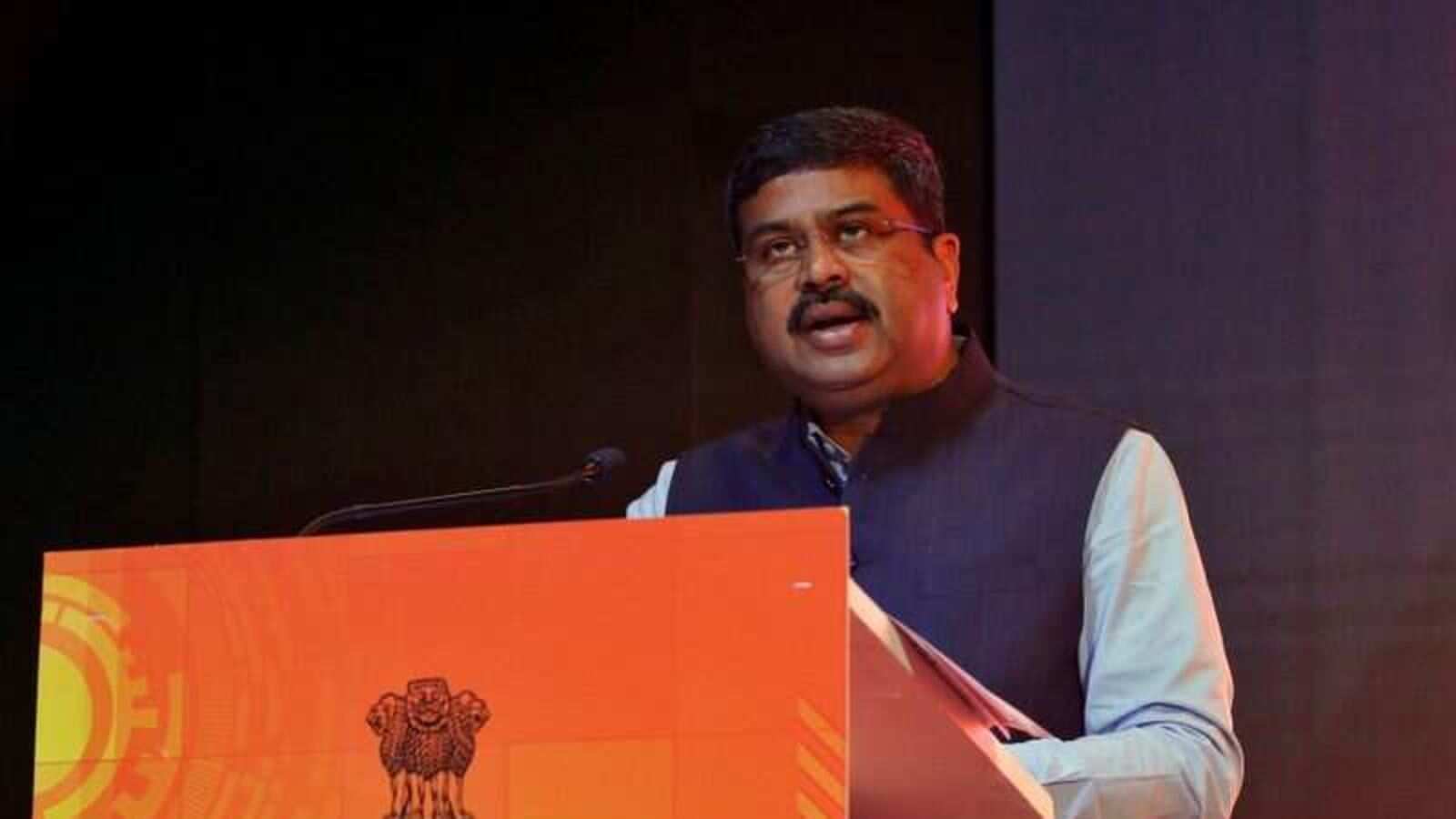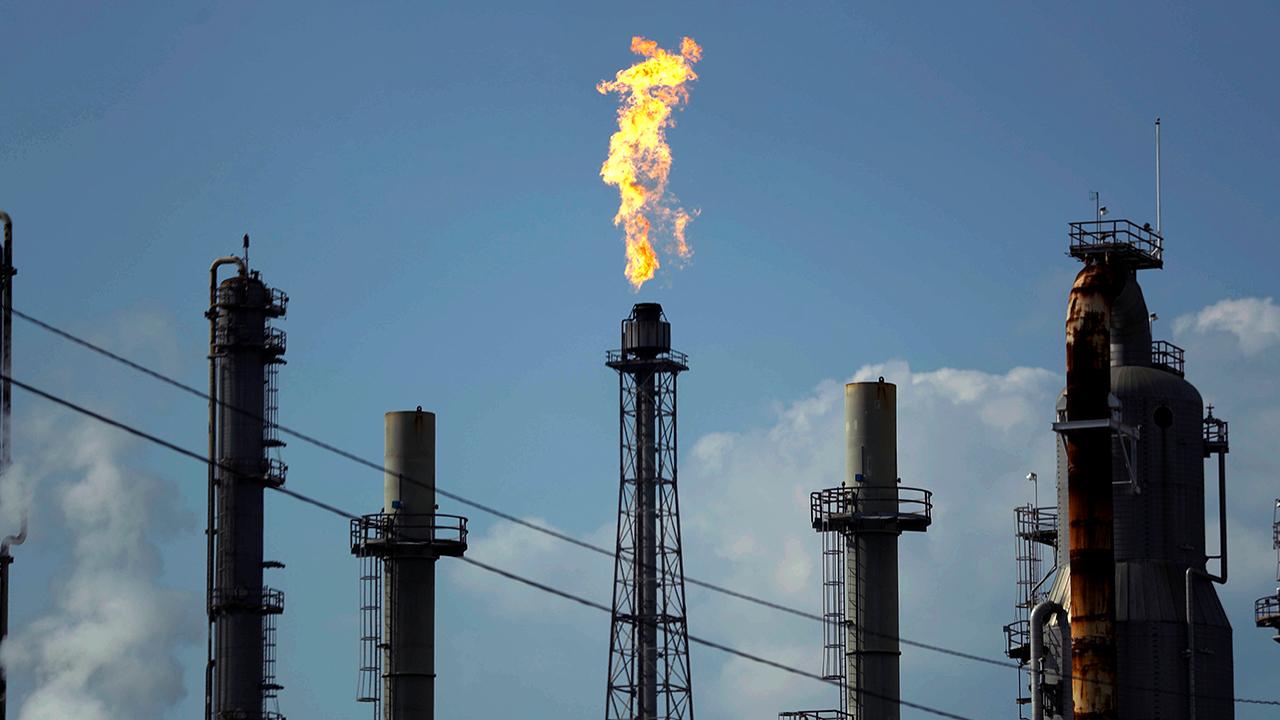
India oil marketing companies inculcate more adversities as they get informed about the restraining order of crude imports by the government. State-owned oil marketing companies have been rescinded of importing crude oil from West Asian countries. It would enforce a cohesive momentum shift in the working of these oil marketing companies. The difference that sets out the layoff is that imports have been banned selectively from the offshore suppliers of crude oil. Saudi Arabia is one of the biggest members of the Organisation of the Petroleum Exporting Countries(OPEC).
OPEC, the world’s largest bloc of crude exporting countries has served many countries with a sufficient supply of energy resources. State-owned oil marketing companies face an upheaving battle to find a reliable oil supplier to connote their services moving ahead. The significance of OPEC trades has been preferably the go-to source for the state-owned refiners. They asserted that the increased costs involved in importing Non-Opec crude have higher implications on the prices of renewable sources in India. The countries outside the composition of OPEC often demand additional freight charges. The proposal of these countries is not practicable for bulky imports.
The implications of the strategy would leave the oil marketing companies staggered
India’s high dependency on crude imports is a written-down fact across the world. National corporations and state-owned oil marketing companies acquire huge concentrations of crude oil from West Asia. While informing the news outlets, sources working within the company asserted that the Middle Eastern trades benefit them with great deals.
The deal regulates through continuous and voluminous supply. The OPEC countries do not back down from their promises to deliver efficient and constant services. Contrarily, the Non-Opec organizations lack the consistency of regular supply coupling with higher costs across the global markets. The difference that sets uniqueness between the two is that one is the largest producer of crude oil and one depends on seasonal production.
But with time running out to amend the notion of self-reliance, the government is working around changing the rules to reduce dependence on imports. Union Minister for oil, petroleum, and natural gas Dharmendra Pradhan urged the refiners to speed up the heterogeneity of crude resources in India. However, such a mammoth overhaul would have greater complications in the cost and supply factors. The prices are already so high that the middle-class are dwindling their resources to allocate space for fulfilling the essential requirements of petrol and diesel.
Imports of crude oil have been a noteworthy beneficiary for Asian countries. The reduction in independence levels would increase the risk of uncertain supply across India. India’s creation of renewable sources would take around 5-10 years, and until then we have to look out for another source for crude. But with the government compelling on their decision, what could be the options for crude oil in the correspondence?

What was the reaction from the Oil Marketing Enterprises?
Indian customers have got hit with higher prices for seven years now. Whenever the issue related to crude oil prices pops up, the government directs the OMCs to look for alternative geographies to avail import crude. The officials have been tiresomely trying their level best to ameliorate the supply curbs but failed to do so. The contribution of the West Asian countries is enormous, and can’t be halted completely. The OMCs felt subdued and infuriated that they were put in such extreme circumstances.
The officials said the inflation factors play a massive role in deciding the price of crude oil in countries. The dynamics of cost, supply, and volume hinder the progress of the OMCs in finding alternatives. One of the officials from the OMCs came out and claimed that the efforts haven’t been disrupted or faced a backlash over the few months. It becomes difficult to conspire with hefty costs, and the OMCs are back to square one. The oil prices impact the projected trajectory as it wholly and solely depends on the demand and supply factor.
Dependence on OPEC for imports is rapidly incrementing in India
India is the world’s third-largest oil importer after the US and China. The over-reliance on crude oil imports has led the country to establish no backup plan and hence face higher prices than the rest of the countries around the world. OPEC makes up about 83% of the country’s oil imports. OPEC benefits a lot from India’s reliance and has a vested interest in India’s economic growth.
India’s oil demand has increased over two decades and is going on an ever-lasting trajectory. Want to know why, because of the population increment. India’s weakness gets exposed every time it gets on the forefront and it has to go back to mending ways with OPEC. The threat of inflation is transmitting through to the whole nation. Fuel prices are on a record high level due to the weakening rupee, which could force inflationary risks into the system.
The outrage would threaten the Indian rupee and the engagement may cost the macroeconomics management of the nation. Though the reports have claimed that OPEC has played its part in stabilizing the prices, the Indian counterpart still felt disarray and said that higher prices are infectious to global growth. The South Asian countries including India have been over-reliant for ensuring supplies of crude oil to their customers. The backlog of the Indian economy shows that for decades we haven’t focused on building our identity in the crude oil markets, and thus we eventually coerce ourselves to acquire imports.

What’s the government response to the scenario?
The Ministry of Petroleum and Natural Gas often conducts weekly reviews on the policies happening around the crude oil prices. Recently, in an interview, MEA Spokesperson Arindam Bagchi reflected on the current cuts on oil prices by OPEC. Even though the organization tried its level best to evade high prices, the government wasn’t much mesmerized. India is restricted to imports faces much trouble in compliance with low rates. Factors like inflation and discernment play a crucial role in deciding the price of petrol and natural in India.
India on Friday strongly pitched to get their opinion heard in the board meeting. It asserted that for consumption-led recovery, the rates have to be brought down to previous levels. Focusing on the crucial points, the spokesperson said that the crude oil prices should be market-determined rather than artificially managed. While India recognized the recent cuts revamped by OPEC and OPEC Plus, it insisted on catering more reduction on heavyweight renewable energy industries. OPEC underlines that most of the world’s crude trade is dependent on its constant supply, and thus showcases its card shapely.
OPEC is an influential entity that plays a crucial role in policy formulations relating to crude production. Arindam Bagchi also said that the current scenario is conceding for India, as it finds it more difficult to accumulate crude oil imports than ever. With the government pressuring the state-owned oil marketing companies to resort to alternatives, the focus of supply would now shift to Russia. India is one of the gigantic forces in the world appeals to the houses to get involved in building their way into the renewable energy industries.
IS THE GOVERNMENT STRATEGIES A SHIFT OF BLAME TOWARDS OTHER AUTHORITIES?
It is known worldwide that India’s petrol and diesel prices are among the highest in the world. The government propagates a progressive tax system on the supply of services. But the real question is- the crude oil prices were at really affordable rates during the lockdown and moved up ever so slightly, then how come the petrol prices recorded the largest hike in about four years. The average consumption decreased due to the lockdown, and thus we saw a comprehensive shutdown on the supply of these resources.
It was a break-even point for the government to compel with low rates, but instead, it adopted to enforce more tax on the consumption of petrol and diesel. Earlier this month, various member countries of OPEC along with the US are creating pressure to cut down the imports from Iran, which has raised supply concerns for India. In such a dwindling scenario, the government pledges higher import charges due to a shortage in supply and price increases. Indian oil demand is expected to rise by 5.8 million barrels per day by 2040. The capitulation seems to edge around the corner if the government doesn’t decide to enforce some strategies to rethink its work association with OPEC.
INDIA NEEDS A TWEAK IN ITS RELATIONSHIP WITH OPEC

India is facing the loggerheads of a double aspect situation, whether to go on looking for alternatives or confronting OPEC to reduce the crude oil price to stabilized rates. While the US authorities pressurizing other countries across the world to condor supply from the West Asia states, India would have to surrender without gaining anything. In a recent statement released today morning, OPEC decided to increase output from next month because coronavirus cases are once again surging in India.
It could potentially result in sapping demand in the world’s third-biggest importer. Hence, OPEC decided to take a price cut for the time being. The uptick in Indian cases would attest to a complex global picture for oil supply. Although the situation is improving as the powerhouses are reopening their activities later this month. The US administration rallied around 900,000 people for jobs in March. A figure that was achieved after seven months of rigorous stagnation.
While on the other side of things, the decision by the Organization of Petroleum Exporting Countries and its allies was seen as a vote of confidence in the outlook of renewable energy demand. So what happens next is uncertain as Saudi Arabia is contemplating the figures and could tweak it again in the upcoming presidential meeting on April 28. Seeing the factors that affect the demand and the risk, one might perceive that the decision may bode well for all the parties involved.
Despite such a significant overhaul, India’s situation remains fragile as it can’t accumulate too much demand in the upcoming weeks, as the possibility of another lockdown is ballooning on India. Does the Ministry of Petroleum and Natural Gas rely on tinkering its relation with OPEC or they go on a different route altogether? The possibilities of the latter seem minimal as it would require a vast requirement of funds and resources.
With the primitive focus of the government being on improving the infrastructure plan, it seems unlikely that the government could hold such an exposure. Although the vision of expansion might be there with the ever-growing public debt borrowings, it would pile up more pressure to repay it. Thus the bottom line suggests that the government is tied within limited options and must continue operating the system accordingly. In the future possibly we could see gigantic investments made on procurement of renewable energy sources.




